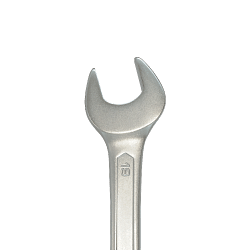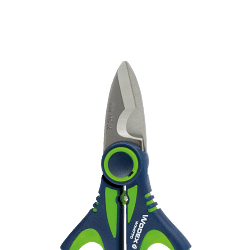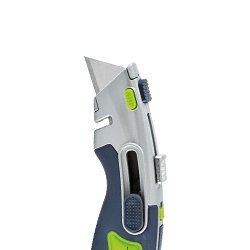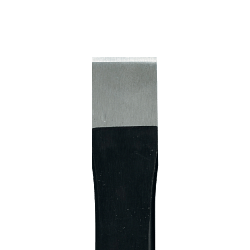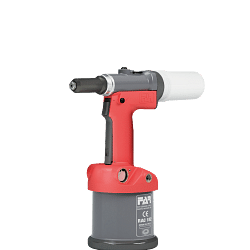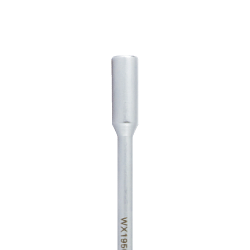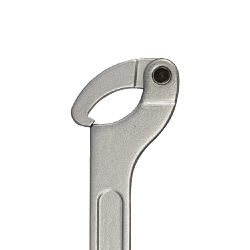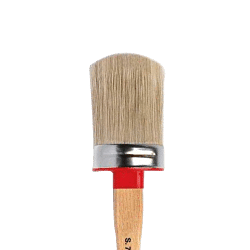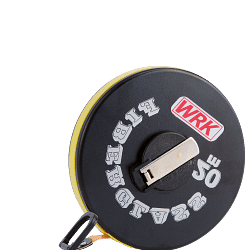< Hand tools Torx wrench
Torx keys: an essential innovation for machine shops
In the world of mechanical workshops, efficiency and precision are essential. The tools used must guarantee reliability and ease of use, and among these, Torx keys stand out for their ability to meet these requirements. These tools, known for their six-pointed star shape, have become indispensable for professionals. In this in-depth look, we will explore what Torx keys are, what they are used for, how they are used, the advantages they offer and answer some frequently asked questions.
What are Torx keys?
Torx keys, also known as star spanners, are tightening tools designed to fit screws with a six-pointed star-shaped head. This particular configuration was developed to provide greater contact between the spanner and the screw, reducing the risk of slippage and damage to the screw head itself. Torx spanners are available in different sizes, identified by an abbreviation starting with the letter 'T' followed by a number (e.g. T10, T15, T20, etc.), indicating the size of the spanner.
What are Torx keys used for?
Torx keys are used in a wide range of industrial and mechanical applications. They are particularly popular in the automotive, electronics and household appliance industries, where precision and security in tightening are crucial. Their unique shape allows them to apply more torque than traditional spanners, making them ideal for applications that require secure and reliable tightening.
How are Torx keys used?
Using Torx keys is relatively simple, but requires care to ensure proper tightening. First of all, it is essential to select the correct spanner size for the screw to be tightened. A spanner that is too large or too small can damage the screw or compromise tightening. Once the right spanner has been selected, it is important to insert it completely into the screw head to ensure optimal contact. Apply even and constant pressure when tightening or loosening the screw to avoid slippage.
Advantages of Torx keys
Torx spanners offer numerous advantages over other types of spanners. One of the main ones is their ability to distribute the tightening force over a larger area of the screw head, reducing the risk of damage. This makes them particularly suitable for applications where high torque is required. In addition, the star shape of Torx spanners reduces the risk of slippage, improving safety and work efficiency. Finally, Torx spanners are designed for durability, thanks to their robust construction and the high-quality materials used in their production.
Frequently asked questions about Torx keys
1. What is the difference between Torx and hexagonal keys?
Torx keys have a six-pointed star shape, while hexagonal keys have a hexagonal shape. Torx spanners offer greater contact with the screw, reducing the risk of slipping and damage.
2. Are Torx keys interchangeable with hexagonal keys?
No, Torx and hexagonal keys are not interchangeable due to their different shapes. It is important to use the correct key for the specific screw type.
3. How do I choose the right Torx spanner size?
The size of the Torx key is indicated by a number following the letter 'T'. It is important to consult the screw manufacturer's specifications to determine the correct size.
4. Are Torx keys suitable for domestic use?
Although they are most commonly used in industrial and mechanical applications, Torx spanners can also be useful for domestic projects that require secure and precise tightening.
5. What materials are used for Torx keys?
Torx keys are generally made of chrome-vanadium steel or stainless steel, materials known for their strength and durability.
In conclusion, Torx keys represent a significant development in the field of tightening tools. Their ability to guarantee secure and precise tightening makes them indispensable for machine shops and anyone in need of reliable, high-quality tools. With a thorough understanding of their features and benefits, professionals can make the most of Torx spanners to improve the efficiency and safety of their work.
Read More Read Less 




